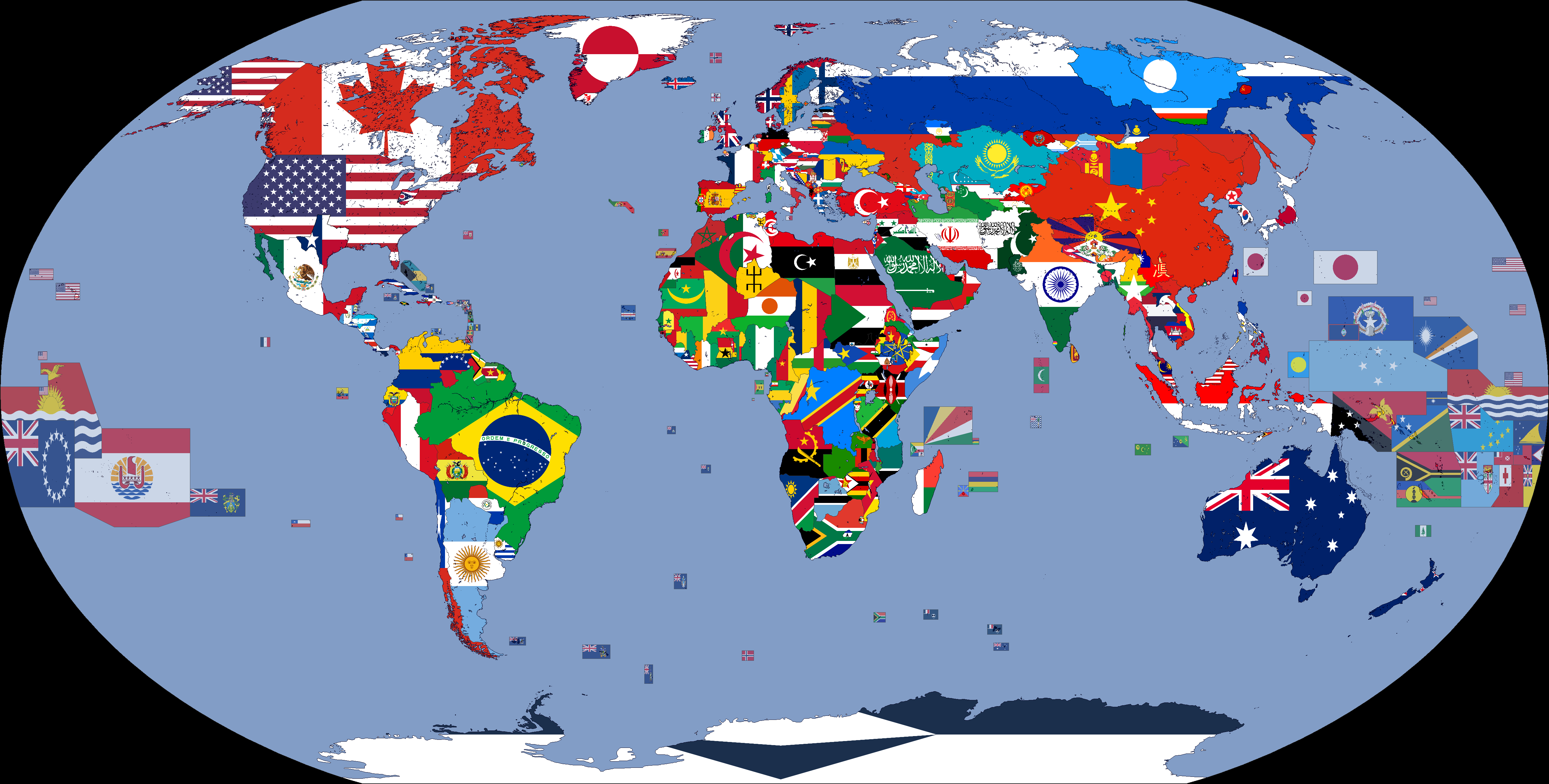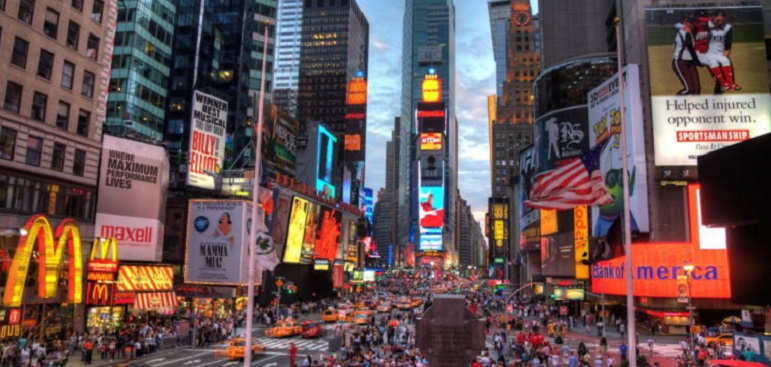Chapter 1: Defining International Relations Through Global Disasters and Film
1.2: Key Actors: States, Non-State Actors, and International Organizations
In international relations, the global stage is crowded with influential players, each bringing their own agendas and strategies. While countries may be the traditional “main characters,” they’re joined by a host of other powerful entities—from massive corporations to humanitarian groups and intergovernmental organizations. These actors all contribute to the complex landscape of global politics, where cooperation, competition, and conflict unfold. Understanding these key players helps us see why world events often unfold the way they do and how multiple forces shape international outcomes. How do these key players interact? It may not be entirely accurate, but check out the humorous video of a sketch comedy bit below for one possible way that these actors interact. Afterwards, we’ll dive into these central actors, starting with the cornerstone of international relations: the state.
In everyday language, we often use the word “country” as a way of referring to a place like Canada, India, or Bolivia. But in international relations, we need to be more specific as there are different kinds countries with different characteristics. are like the “founding members” of the international club, each one governing its territory and making decisions independently. To be a state, a political entity needs a few essential elements: defined borders, a permanent population, a functioning government, and recognition from other countries. This last factor—recognition—is crucial because it’s what allows a state to participate fully in the international system. For example, Canada’s recognition as a state by other countries affirms its sovereignty, or authority to govern itself. This sovereignty gives states the power to set their own policies, build alliances, and represent themselves on the global stage. Once there, states then interact with other states in the international system. Yet states are not alone in shaping world events, as a growing cast of non-state actors also plays crucial roles in global politics. Throughout this book, we will use the term “state” a lot! You may have read or heard of terms like “nation” or “nation-state”…but we will explain the difference in a later chapter. In the meantime, click the world map below to play a world geography game to test your knowledge of states!
Click the image below to play a non-graded geography game (external link)

With their unique goals and far-reaching influence, bring new dynamics to international relations. These players include multinational corporations, international activist groups, and even terrorist organizations, each exerting influence across borders and often pushing agendas very different from those of states. Take multinational corporations like Apple, which can impact trade policy and consumer behavior around the world without holding any formal political power. Or consider terrorist groups, which often operate globally, challenging state security and reshaping priorities around defense and counter-terrorism. Non-state actors remind us that influence in international relations isn’t limited to governments alone; other powerful groups can also shape policies, disrupt systems, and spark global shifts. To help manage these varied interests, states frequently rely on international organizations.
Imagine a world without organizations dedicated to coordinating and mediating international affairs—it would be chaos! , or IOs, bring structure to this complex environment by offering platforms for negotiation and cooperation. Groups like the United Nations and the World Trade Organization (WTO), both composed of member states, work to create stability and address global challenges collectively. The United Nations (UN), for example, facilitates peacekeeping efforts, humanitarian aid, and international policy discussions, making it a key player in global peace and security. Similarly, the WTO oversees trade agreements and helps resolve economic disputes, allowing for smoother interactions between countries. IOs show how states, even with their differences, can collaborate to solve issues that affect the entire international community. Within this web of cooperation and regulation, another group of powerful actors exerts its own influence: transnational corporations.

These global business giants operate in multiple countries, wielding economic power that sometimes rivals even that of smaller states. (TNCs), like Amazon or Toyota, affect international relations by bringing jobs, investments, and resources to various regions. But with this economic influence comes a level of political power; TNCs can shape trade agreements and lobby for policies that benefit their interests. Their decisions—where to set up factories, what trade practices to support, and even how to structure wages—affect millions of people and often influence national economic priorities. However, TNCs also introduce challenges, such as labor disputes and environmental concerns, which can strain relations between countries and require international cooperation to address. Alongside these economic giants, (NGOs) add yet another layer of influence to the world stage.
Driven by missions to address issues like human rights and environmental protection, NGOs are tireless advocates for global causes, often acting as the conscience of the international community. Unlike states or corporations, NGOs like Amnesty International or Doctors Without Borders work independently, focusing on social issues rather than profit or political power. Amnesty International, for example, pressures governments to uphold human rights standards, while Greenpeace campaigns on environmental issues, raising awareness and calling for action on climate change. NGOs often build public support and push for policy changes that governments might otherwise ignore, proving that smaller, independent actors can have big impacts on the global agenda. Together, these varied actors—states, non-state entities, international organizations, TNCs, and NGOs—make international relations a rich and intricate field, full of alliances, rivalries, and global challenges.
When it comes to international relations, there’s no single boss calling the shots. States—those flag-waving, passport-stamping powerhouses—are the main players on the global stage. But they’re far from alone. Non-state actors like NGOs, multinational corporations, terrorist groups, and even influencers (yes, really) are flexing their muscles in ways that can shape global events. Then there are international organizations—think the UN, NATO, or the WHO—trying to keep everyone playing nice (or at least not blowing things up). It’s like a giant, high-stakes game of Risk, only messier, more connected, and with way more acronyms. But with all these players and no world government to keep them in line, how does anything actually get done? That’s where the ideas of anarchy and sovereignty come into play.
A political entity with defined borders, a permanent population, a sovereign government, and recognition from other states, making it a central actor in global politics.
Entities that influence international relations but are not states, including NGOs, multinational corporations, and terrorist groups.
Organizations composed of multiple states that work together to manage global issues (e.g., UN, WTO).
Companies that operate across borders and play a role in international economic relations.
Independent organizations that work to address global issues like human rights, environmental protection, and humanitarian aid.


Feedback/Errata